UVM celebrates Vermont’s first Indigenous Peoples’ Day
Members of the Abenaki Tribe and Burlington community participate in Indigenous People’s Day celebrations, Oct. 15. Two Abenaki Chiefs, Chief Don Stevens and Chief Roger Longtoe Sheehan, as well as Lt. Governor David Zuckerman and President Suresh Garimella, were present at the event.
Chief Don Stevens and Chief Roger Longtoe Sheehan stood at an altar with sweetgrass and a pipe for the Oct. 15 healing ceremony.
They had not performed a ceremony on this land for decades.
The Abenaki have been in Vermont for thousands of years, but are not a federally recognized tribe.
Additionally, Abenaki and all other indigenous tribes of Vermont are not offered free college tuition in Vermont, said Lacey Sloan, UVM professor of social work and member of a Midwestern tribe called Osage.
“What I would like to see is Abenaki kids here at our university. I want to see them in our classes,” Sloan said. “The fact that we don’t have free tuition for local Indigenous kids is unfortunate. In Maine, they go to school for free.”
For the last three years, Vermont has acknowledged Indigenous Peoples’ Day as an additional term for Columbus Day.
But Oct. 14, 2019, marked the first official celebration in Vermont of Indigenous Peoples’ day.
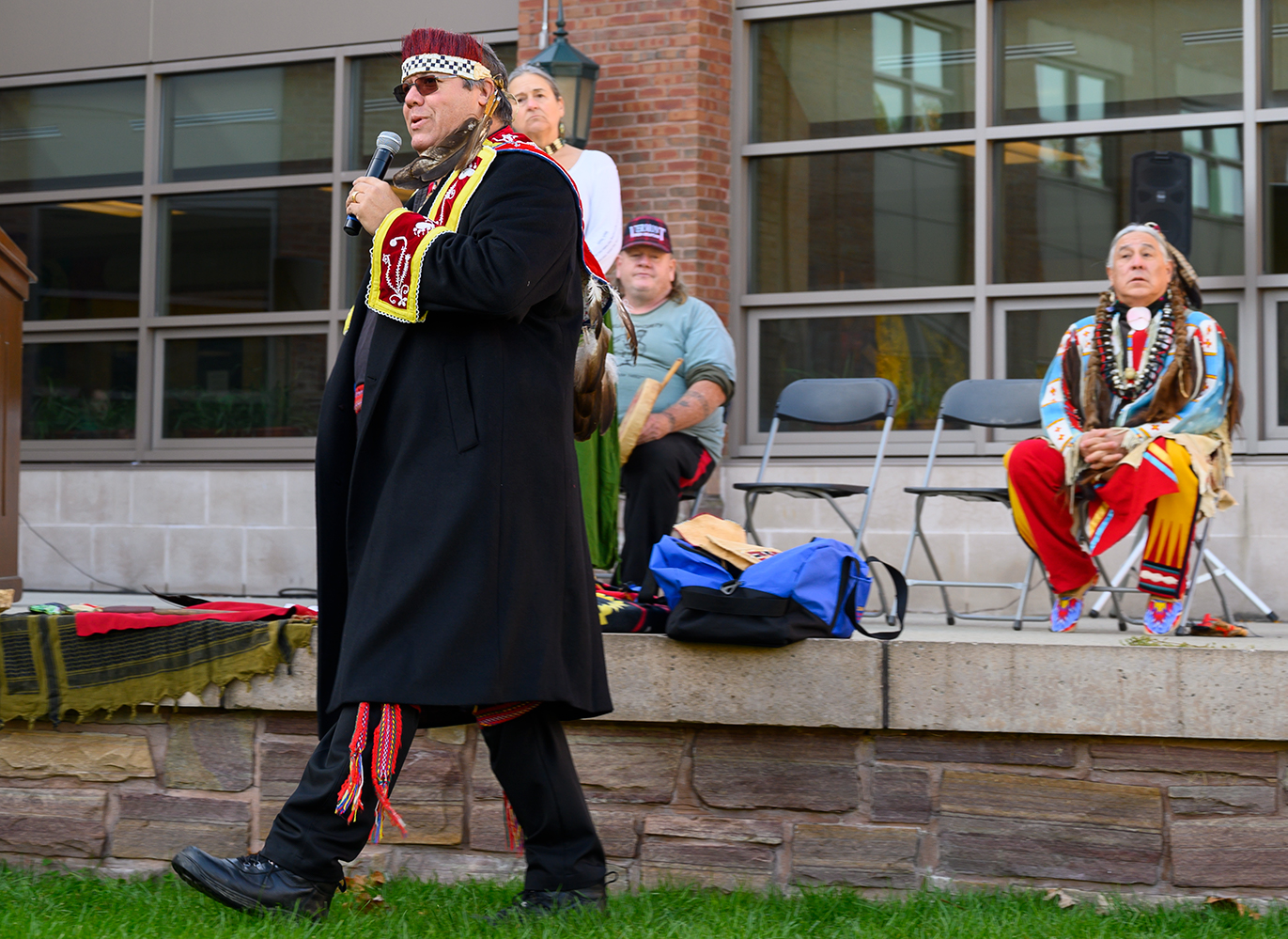
Abenaki Chief Don Stevens introduces the healing ceremony before performing it. In addition to the celebrations on the Davis Center green, there were workshops in different places around campus.
On Oct. 15, UVM held a commemorative event in an attempt to rebuild relationships with Vermont’s indigenous population and to reflect on the University’s and state’s lack of recognition, Sloan said.
“This is about trying to make those connections between UVM and local indigenous people stronger,” Sloan said. “Chief Don Stevens is passionate about helping his people and helping others understand Abenaki ways, and that this land has been occupied by Abenaki people for ages.”
This year the event was organized by lots of individuals took it upon themselves to come together and work on it.
However, the University is interested in managing the event from higher up in future years, Sloan said.
Maddie Henson is a first-year and an SGA senator who helped to organize the event. She belongs to the Haida, Tlingit, Blackfoot and Cherokee tribes.
“I never really explored my indigenous identity until the last couple of years just because it has been whitewashed out of me, the language and the culture,” Henson said. “It was easier to deny the identity and live in a white society than to live between two worlds.”
In the 1930s, UVM was responsible for funding and driving the eugenics movement that targeted the Abenaki among other groups.
The eugenics movement was seen as a movement for social progress and to better society in the early to mid-twentieth century, largely through involuntary sterilizations of people deemed inferior.
UVM Professor of zoology Henry Perkins was involved in Vermont’s eugenics movement. He took a sabbatical in order to develop a plan for “community development” through eugenics and sterilization in Vermont in 1927-28. From 1931-34, he served as the president of the American Eugenics society, according to the UVM website.
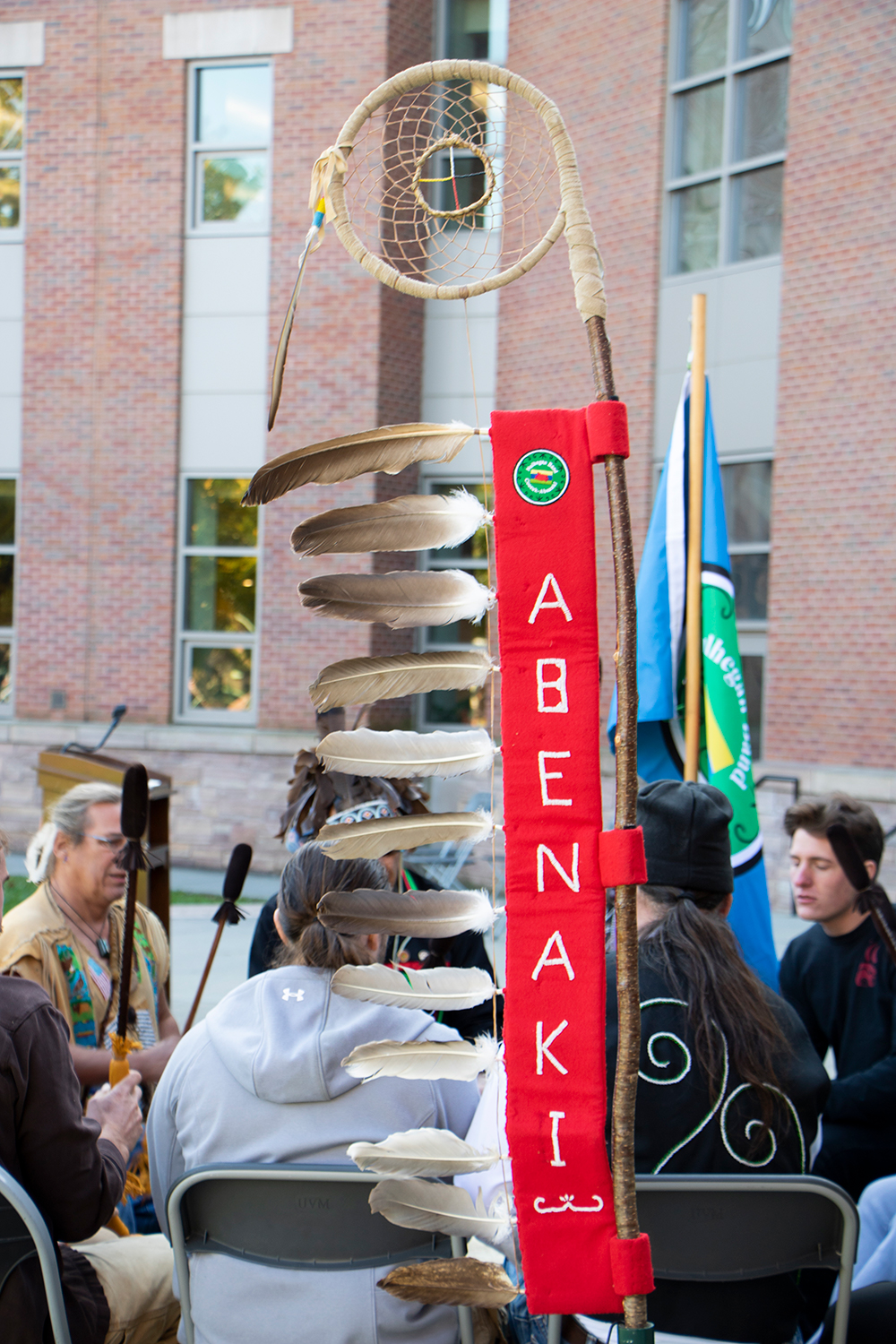
An Abenaki banner waves in the breeze. The Abenaki tribe is indigenous to Vermont and has been here for thousands of years.
“The eugenics movement was very devastating to the Abenaki people, but on Tuesday, the chiefs performed a healing ceremony, blessing the land and hoping to pave the way for stronger relationships moving forward,” Sloan said.
Former UVM President Tom Sullivan issued an apology for the University’s role in the eugenics movement at UVM in a letter sent to the University community June 21.
“I believe it is appropriate to state unequivocally that the Eugenics Survey of Vermont (1925-1936), supported by UVM on its campus, contributed to the stereotyping, persecution, and in some cases, state-sponsored sterilization of members of certain groups,” the letter stated.
But in Vermont, Indigenous Peoples’ Day was not formerly used to celebrate indigenous cultures.
It was a day to celebrate the so-called discovery of America by Italian mariner Christopher Columbus, history professor David Massell said.
“If there is a right of discovery it most certainly belongs to indigenous people who crossed the Bering Land Bridge as many as 14,000 or 15,000 years ago,” Massell said. “If we are going to have a holiday celebrating this event, credit should be given to Indigenous Peoples of America.”
The new holiday title is a positive change in that it paves the way to better the relationships between the state of Vermont, UVM and the local native peoples because those relations have not always been positive, Massell said.
“Where UVM is concerned I know there is considerable resentment in the Abenaki community for the University’s sanctioning of and support of eugenics and sterilization movement from the 1930s forward,” Massel said.
For the University last year to extend support and solidarity to the local Abenaki through the events held Oct. 15 was a positive thing, he said.
As a professor, the most important contribution to make to mending relations with indigenous people is to teach courses that focus on their history and cultures and to teach them as well as possible, Massell said.
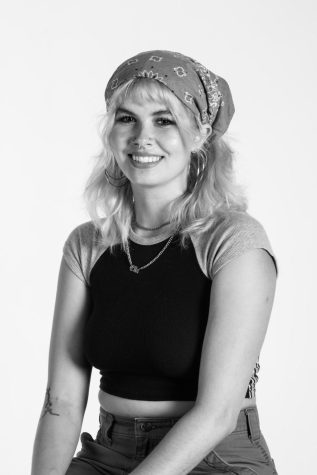
(She/her) Ella Ruehsen is a senior environmental studies major with minors in political science and reporting and documentary storytelling. Before becoming...
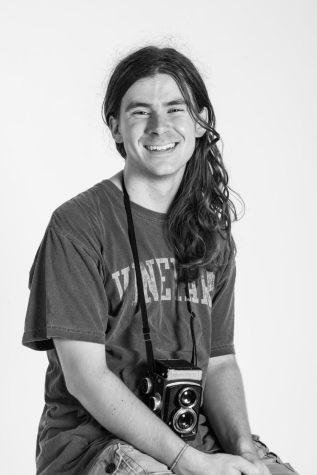
(He/they)
Mac Mansfield-Parisi is a senior from Merrimac, Massachusetts, majoring in electrical engineering. He has been part of the Cynic photo section...


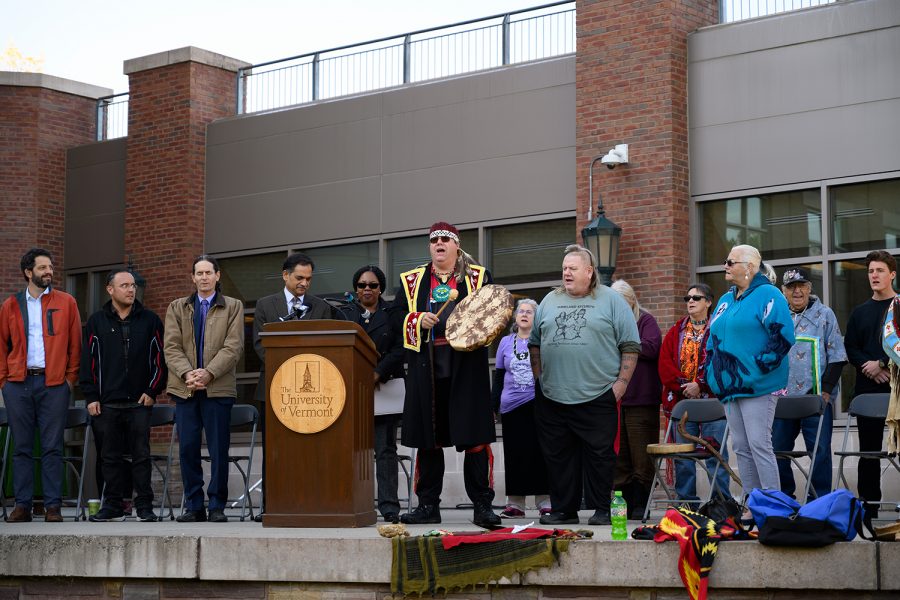
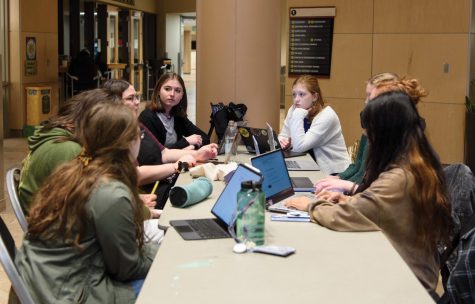
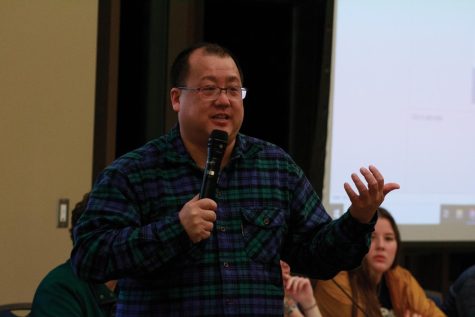
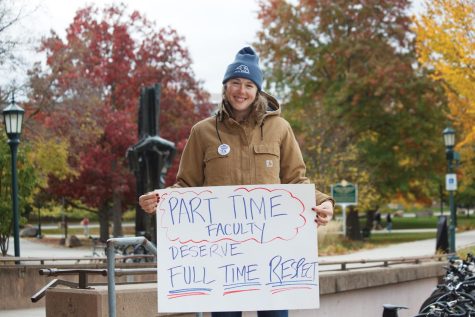
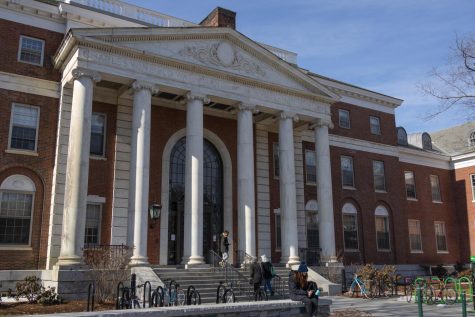
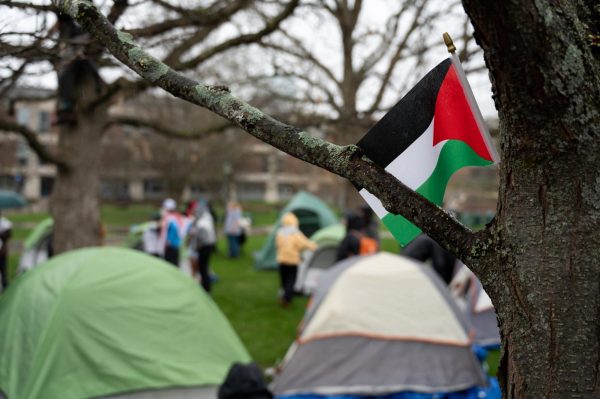
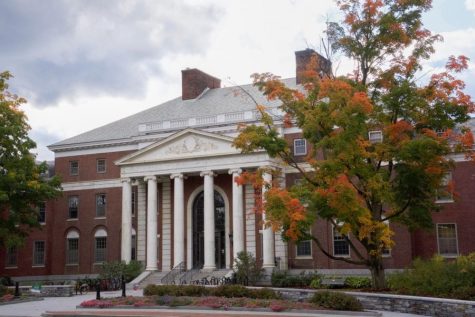
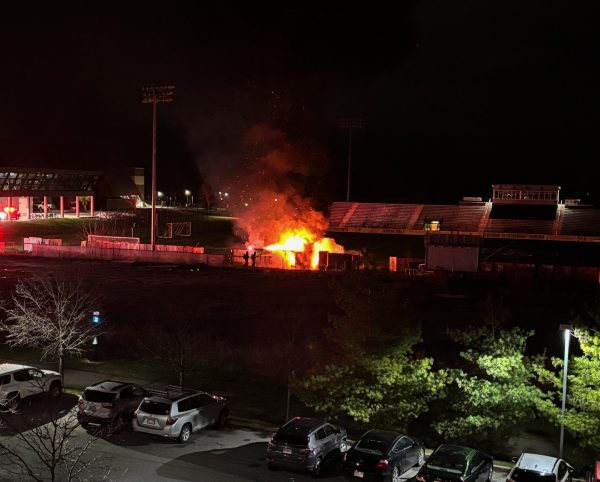
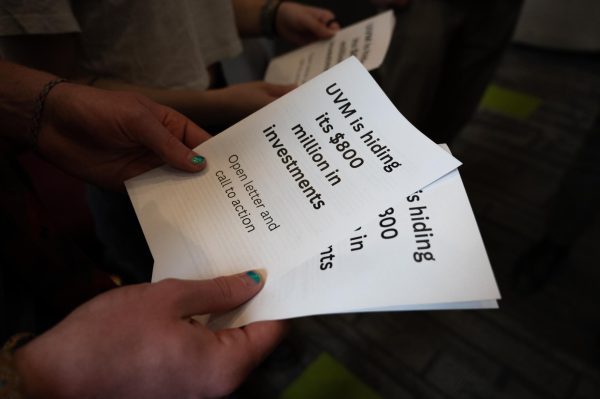
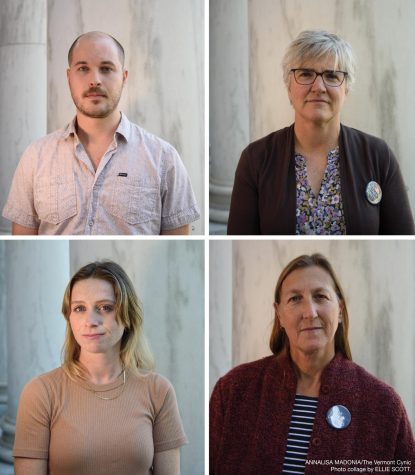
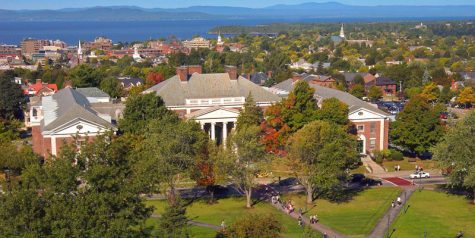
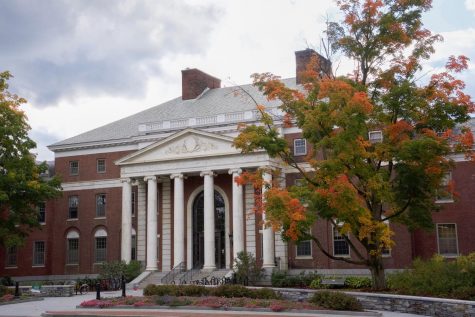
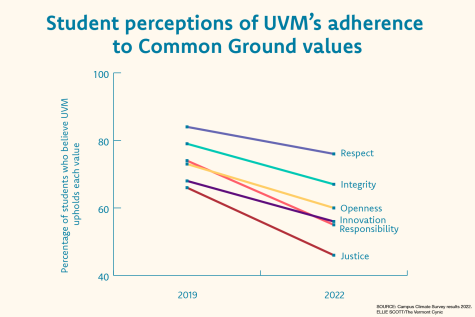
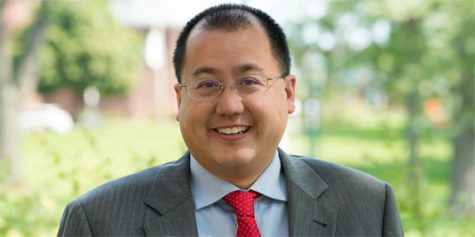
Brad Barratt • Nov 20, 2019 at 11:22 pm
I’m sorry, but Donald Warren Stevens and Roger Longtoe Sheehan are WHITE MEN!
They practice white cultural genocide of native peoples and appropriation of their cultures!
Shame on UVM! Shame on UVM for giving coverage to these blatant FRAUDS!!
As an UVM alumnus, I am disgusted with this display of race-shifting!